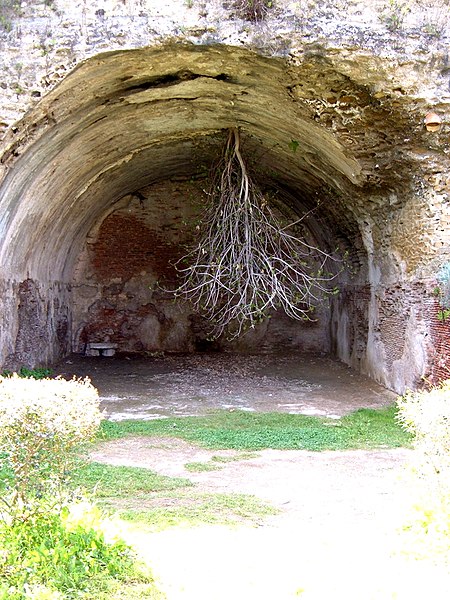In botany, the Cholodny–Went model, proposed in 1927, is an early model describing tropism in emerging shoots of monocotyledons, including the tendencies for the shoot to grow towards the light (phototropism) and the roots to grow downward (gravitropism).
In both cases the directional growth is considered to be due to asymmetrical distribution of auxin, a plant growth hormone.
Although the model has been criticized and continues to be refined, it has largely stood the test of time.
Image of a monocot and dicot sprouting away from the earth, toward the sun
In biology, a tropism is a phenomenon indicating the growth or turning movement of an organism, usually a plant, in response to an environmental stimulus. In tropisms, this response is dependent on the direction of the stimulus. Tropisms are usually named for the stimulus involved; for example, a phototropism is a movement to the light source, and an anemotropism is the response and adaptation of plants to the wind.
Daisies (Bellis perennis) facing the Sun after opening in the morning showing heliotropism
Phycomyces, a fungus, exhibiting phototropism
Example of gravitropism in the remains of a cellar of a Roman villa in the Archeologic Park in Baia, Italy




